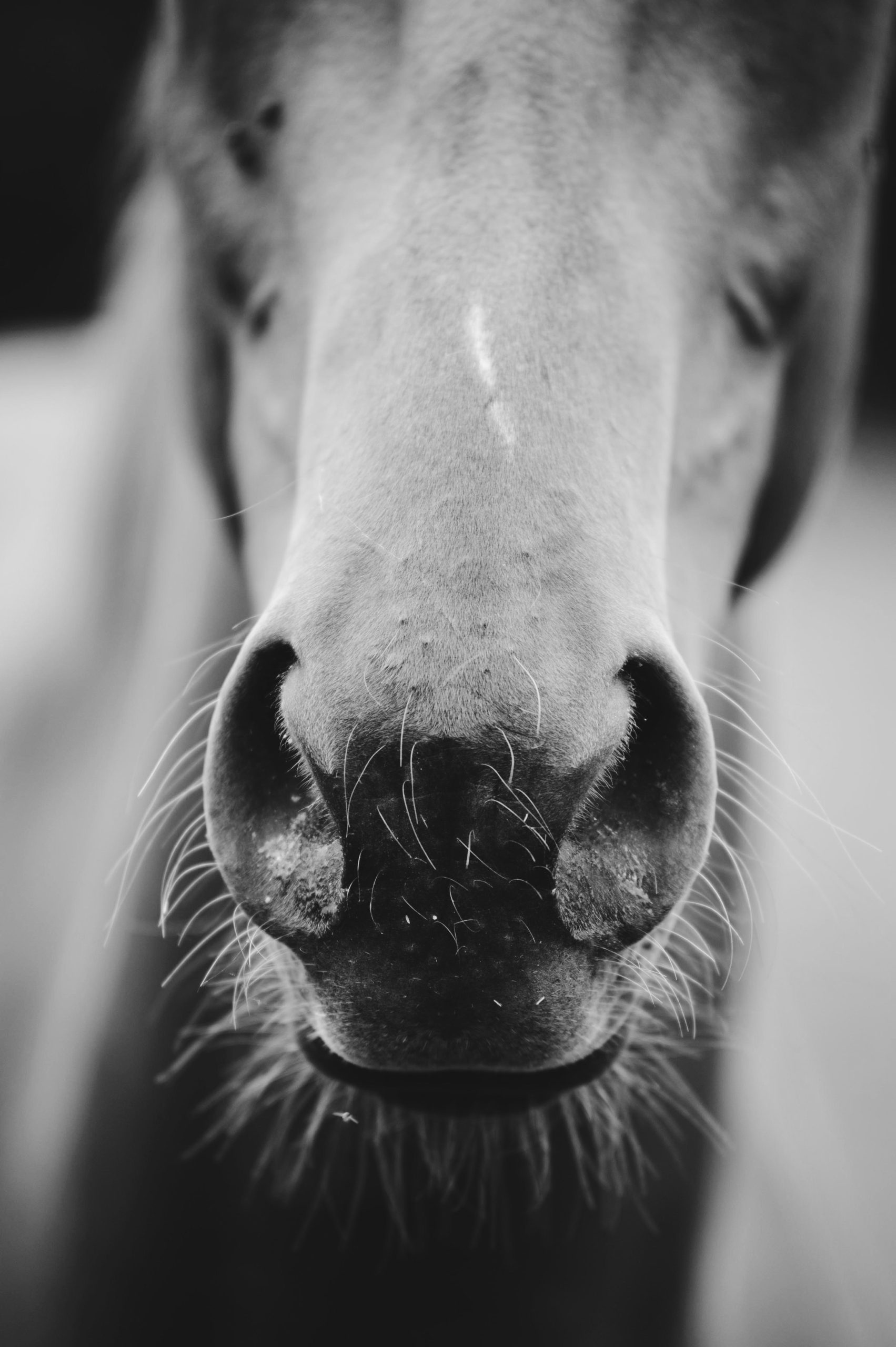When it comes to rehabilitating racehorses and ensuring that they have the best possible recovery, the field of equine therapy is an expansive one that is constantly undergoing development. This article delves into how these treatments are adapted specifically for the animals who compete in sports events.
The Significance of Racehorse Rehabilitation
A comprehensive comprehension of the significance of racehorse recovery necessitates recognizing and acknowledging the arduous physical requirements associated with racing. Acknowledging the rigorous training and performance demands placed upon these equine athletes underscores the criticality of their recovery following races or injuries.
Veterinary Care and Comprehensive Examinations
Essential to racehorse recovery is quality veterinary care, which includes comprehensive check-ups. For instance, organizations like Florida Equine Veterinary Associates offer an in-depth Vet Equine-Purchase exam that aids in assessing the horse’s current health and potential needs during recovery.
Role of Equine Drug Screening
Drug screening is another vital factor as it helps ensure the horse’s well-being. The usage of permitted medications and substances for recovery and performance enhancement should be monitored extensively to advocate for the horse’s welfare.
- Ensuring Health and Safety: Drug screening is an essential part of ensuring that the horse is not subjected to harmful drugs that could impact their health, performance, and long-term welfare.
- Detecting Anti-Doping Violations: The use of performance-enhancing drugs in horse racing is prohibited. Equine drug screening effectively detects potential doping violations and encourages fair competition.
- Facilitating Accurate Diagnoses: Drug screening can help reveal whether a horse has been administered substances that could mask ailments or conditions needing treatment, leading to accurate diagnoses and better vet care.
- Preventing Overdosage: By detecting the presence and concentration of drugs in a horse’s system, equine drug screening prevents overmedication, which can harm the animal.
- Informing Tailored Therapy: The results of drug screening can guide professionals in tailoring the most effective and safe recovery therapy for each individual horse based on the substances already in its system.
- Legal Compliance: It helps to ensure compliance with regulations and ethical standards set out by various equine sports governing bodies and veterinary boards.
- Protecting Animal Welfare: Drug screening can help expose cases of animal abuse involving illegal or harmful drugs, protecting the welfare of racehorses and supporting the industry’s ethical practices.
- Enhancing Industry Reputation: Consistent drug screening helps maintain the integrity and reputation of the racing industry by ensuring fairness and commitment to equine health.
- Guiding Future Medication Plans: Regular drug screenings offer valuable data, which can help vets develop future medication and treatment plans for horses.
- Monitoring Drug Trends: Over time, equine drug screening data can reveal trends in medication use, helping the industry address health and performance-related issues among racehorses.
Equine drug screening plays a significant role in safeguarding racehorse health, ensuring fair competition, and upholding ethical standards within the racing industry.
Decoding Equine Physical Therapy
Equine physical therapy constitutes an additional crucial element within this approach. The treatment regimen is a comprehensive approach that incorporates massage therapy, chiropractic care, acupuncture, and more modalities tailored to address the musculoskeletal requirements of the equine species.
Stress Alleviation: An Essential Recovery Component
Beyond physical therapy, stress alleviation practices play a significant role in racehorse recovery. Therapies to reduce stress can significantly enhance a horse’s recovery process, from an injury, race-related strain, or other overall wear and tear.
Advanced Equine Therapeutic Techniques
With advancements in veterinary science, applying high-tech equine therapeutic techniques is changing how we approach racehorse recovery. These modern tools and treatment methods are becoming more accessible for the racehorse industry, offering quicker recovery times and better overall outcomes.
Therapy Duration: An Important Consideration
The duration of a given therapy depends on the horse’s specific needs – their age, the nature of their injury, and the intensity of their workout routines. The recovery phase should be carefully scheduled without rushing, ensuring the horse’s well-being.
Post-Injury Exercises and Lameness Treatment
To aid recovery, particular exercises are designed to restore the horse’s condition post-injury. Another significant aspect is addressing lameness, a common issue among racehorses. There are proven strategies for lame horse treatment in Ocala and other places, including exercise regimens and targeted medical treatment.
The Power of Specialized Equine Therapies
Specialized equine therapies have been revolutionizing racehorse recovery. In places like Ocala, Florida, multiple facilities offer therapies specifically designed for racehorses. Horse therapy specialists in Ocala, FL provide services like acupuncture, laser therapy, and hydrotherapy which significantly aid recovery.
Conclusion
In conclusion, tailoring equine therapies for racehorse recovery is multifaceted and detailed, focusing on customized strategies that canvas the horse’s physical, emotional, and overall well-being. As the equine industry continues to advance, so will the methods used to ensure these magnificent animals can race, recover, and, ultimately, thrive.




